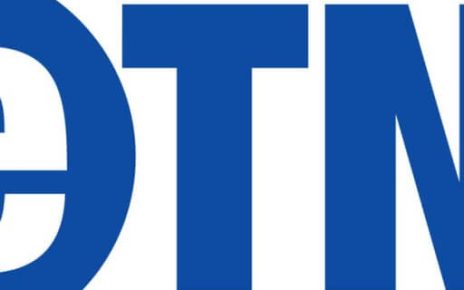The use of social media, the expansion of flight booking apps, websites that list and compare accommodations in any part of the world, the concept of low-cost airlines, the decreasing importance of traditional travel agencies… Today’s travelers know that traveling from one place to the other is easier than a couple of decades ago, and they take advantage of it. Now, more than destinations, they seek to live unique experiences.
Nowadays, any user can browse all tourist attractions and destinations from anywhere in the world. The competition is rough, but tourism and digital transformation, smart online strategy, have managed to cooperate in such a way that both benefit. Proof of this cooperation is the invention of smart tourism, a way of tourism that moves through an environment of mobile apps and resources through which it is possible to plan a trip.
Optimizing Hotel Online Strategy
Keeping the above in mind, an online strategy is the spearhead of any hotel that seeks to have and/or maintain a presence on digital marketing channels. Some of the key points that we must work on are:
Content strategy
This is probably the best way for potential clients to discover your brand. Content strategies take time but, when properly designed, can achieve great results in niche positioning. The big advantage? That the customers get to discover your business through optimized content and not through annoying advertising that pops up while browsing, so they are more likely to convert into real customers.
When developing a content strategy, one must take into account targeting – who is your ideal client the keywords to appear on search results or positioning the content (SEO), and the creation of a well-structured blog with appropriate yet appealing contents.
Brand Positioning
There are more than 4 billion active users on the internet, of which approximately 3 billion use social media. Still, having doubts about the potential of specialized social media and digital platforms? When it comes to a brand, it is essential to be in the right marketing channels, in which the greatest impact and reach is possible.
Approximately 82% of travelers choose destinations based on the content available online about that place. 24% consider destinations promoted by influencers. 66% share trips in real-time through social media.
These days, Instagram and Facebook are the two most common social media for restaurants and hotels. In addition, there are search, comparison and service booking platforms that can also help to stand out, for example, Booking, Airbnb, TripAdvisor, and Google Travel, among many others.

Optimizing the Online User Experience
We must be aware that user experience starts long before a guest sets foot in the hotel. From the moment the first search takes place, the user makes a journey through the client conversion process. Effective customer acquisition tests how strong our brand’s presence in the digital world is, so it is important to guarantee positive experiences, both in design and navigation, as well as customer service.
To ensure this experience and improve conversion rates, we must have an SEO-optimized site, and also guarantee that is easy to use by providing:
- Simple, intuitive and efficient online reservation system.
- Continuous customer service (apart from dedicated agents, chatbots are excellent to complement the service).
- Clear and concise information on prices, conditions, facilities description, and services.
- All contact information, links of interest, social media profiles and any other relevant data.
Without a doubt, the future of the hotel industry will be defined by the use of new technologies and efficient online strategy. The ongoing digital transformation promotes new consumer needs, changes the rules of the game, and demands new forms of communication with the client, so take into account these elements when developing and optimizing your business online strategy.





